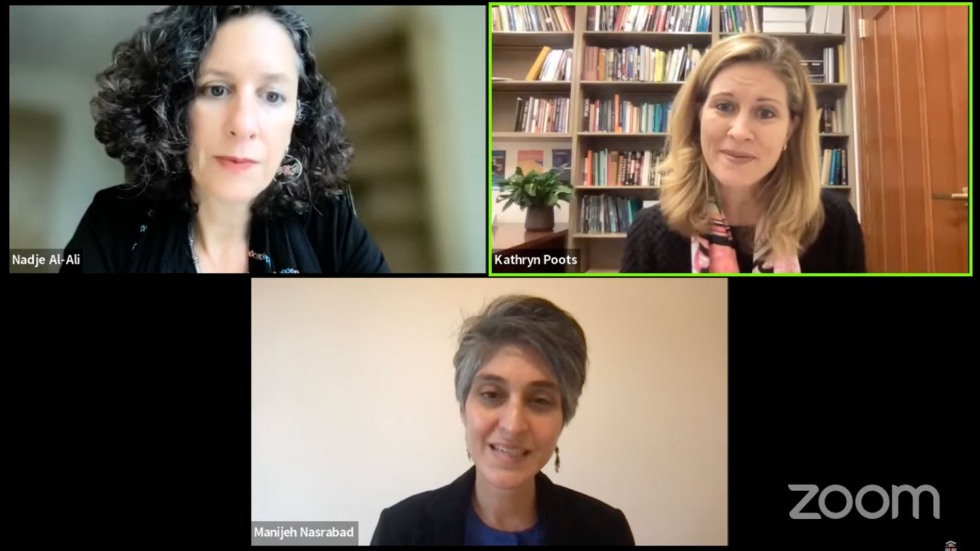PROVIDENCE, R.I. [Brown University] — On Sept. 13, Mahsa Amini, a 22-year-old Kurdish woman, was visiting relatives in Tehran when members of the Guidance Control, Iran’s morality police, pulled her from a train station and arrested her for defying the country’s mandatory hijab law. Amini was brought to a nearby hospital in a coma and died three days later. Iranian police deny any wrongdoing and say Amini had a heart attack and seizure; eyewitnesses, meanwhile, claim police severely beat her.
In the weeks since, thousands of Iranians of all ages, genders and religions have participated in nightly protests to decry the young woman’s death and the mandatory hijab policy, attracting international attention in the news and across social media. Their protest activity isn’t low-risk: the nonprofit organization Iran Human Rights estimates that close to 100 have been killed in the unrest, and more than 1,200 have been arrested.
One scholar of the Middle East argues the protests aren’t just about supporting women’s bodily autonomy — they’re also about challenging the very foundation of the Islamic republic.
“The main demand of this uprising is for an end to the Islamic republic, [which] has been in place for more than four decades,” said Manijeh Nasrabadi, an assistant professor of women's, gender and sexuality studies at Barnard College and Columbia University. “There is an overwhelming rejection from wide sections of the society of a system that is really not working — it’s not working economically, it’s not working socially, it’s not working politically. And the violent death of Mahsa Amini… resonated with the destruction of so many lives — the destruction of hope for the future, the sense that your life is viable, the sense that you can live in a way that you can thrive.”
Nasrabadi spoke in a Tuesday, Oct. 4, virtual conversation co-hosted by Brown University’s Center for Middle East Studies and Watson Institute for International and Public Affairs in partnership with Columbia’s Middle East Institute. The talk, called “Iran Protests: Gender, Body Politics and Authoritarianism,” also featured commentary from Nadje Al-Ali, director of the CMES at Brown, and Kathryn Spellman Poots, an associate professor at Aga Khan University’s Institute for the Study of Muslim Civilizations.
